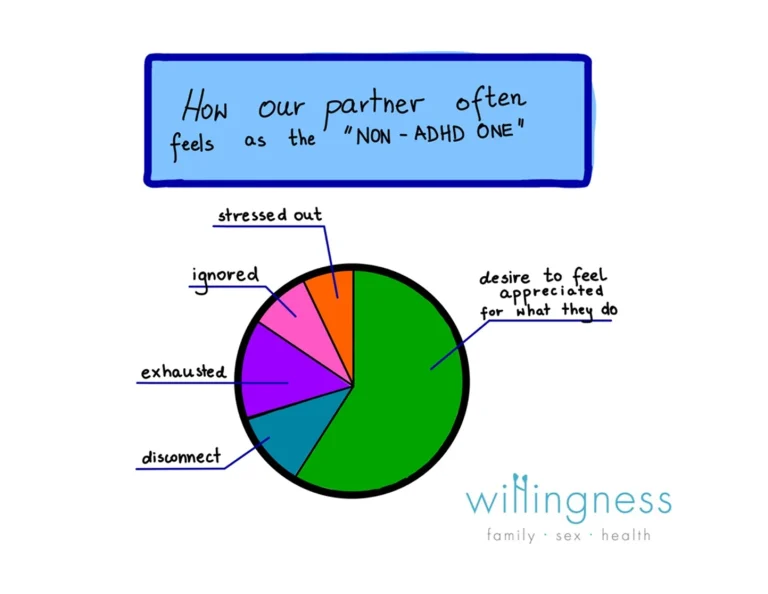The particularities of the therapist-client relationship
Recently, I had a discussion with my colleagues during a peer supervision meeting, where we talked about what makes a client-therapist relationship different to other relationships we have in our lives. It sparked a lot of interest in the group and brought a lot of different ideas from different members of the group. Hence, I decided to do some additional research on this, in order to find out what other therapists think, to find some research papers that deal with this topic and to see if there are certain points we all seem to agree on.
Some things my group came up with were:
- Purpose of the relationship itself. Namely, this relationship exists because a certain person is experiencing a difficulty in their life and they choose us, for whatever reason, as someone who might help them through it. This also implies the time-limited nature of the relationship. We know this relationship is going to end one day (in most cases) and we’re usually okay with that. Other types of relationships don’t usually start this way – we usually have the goal of making long-lasting connections with others for different reasons.
- The, in ways horizontal (meaning we are both just human beings and none of us necessarily have al the answers), but ultimately not very reciprocal relationship between the therapist and the client. This is a relationship in which the client reveals a lot about themselves, while the therapist remains this mysterious figure that offers guidance and support.
- Boundaries – it should be very clear what the purpose of the meetings is, what the limitations are, why they’re there, and who has what sorts of responsibilities within the relationship. These boundaries are established to ensure that the therapeutic process remains focused on the client’s needs and goals, and to prevent any potential harm that may result from a dual or conflicting relationship.
Another aspect we failed to think of (I suppose because it’s implied), but is also very important, is the confidentiality that comes with the relationship in question. Confidentiality is a critical aspect of the client-therapist relationship. Clients are assured that their discussions with their therapists will remain confidential, except in certain situations where disclosure may be required by law or ethical considerations. In contrast, other types of relationships may not involve the same level of confidentiality.
Subsequent research led me to what Allen Frances, an experienced psychoanalytical psychotherapist, and Marvin Goldfried, an experienced cognitive-behavioral therapist, had to say on the topic. It‘s worth noting that they both describe their approaches as integrative first and foremost. In any case, things they singled out were:
- An innate or learned capacity to form a supportive relationship with another person;
- Professional training which allows therapists to recognize the problem, to decide on specific and appropriate interventions for different issues people present with, to decide on the right timing for such interventions, to notice how efficient different techniques are, and so on.
- Therapists don’t argue with their clients. They, instead, strive to understand why the client is doing something, why they’re resisting change, why they’re angry at a particular point in the therapeutic relationship, etc. We don’t give into frustration (although we may recognize it), we try to understand and to be compassionate, we aim to understand what the frustration is about.
I’d like to add something off-topic that was most interesting to me (and very relatable). It was the fact that they both agreed that, when observing a very experienced and skilled therapist perform therapy, you wouldn’t necessarily know which therapy school of thought they subscribe to. Sure, we might recognize certain techniques, or maybe jargon they use but, for the most part, we would be watching a therapist who’s doing whatever works for the client they have in front of them.
If someone is suffering from say, social anxiety, and the therapist is of psychoanalytical orientation (which would mean that they believe that it’s the therapy session and relationship that brings about change by providing a reparative experience), they should be able to work from an integrative mindset and to also include exposure (a well-known cognitive-behavioral approach that emphasizes what happens outside of the client-therapist relationship). What they meant to say was, we should never follow a set of instructions blindly, but we should instead act based on real time occurrences and specific clients needs, provided that we have a good theoretical and practical foundation to do so.
If you think that you can benefit from professional support on this issue you can reach out here.
Branka Mlinar is a psychologist and Gestalt therapist offering psychotherapy and counselling to adolescent and adult individuals. She’s mostly worked with problems of anxiety, interpersonal and relationship issues, procrastination, work-related stress, trauma, and grief.
References:
Norcross, J. C., & Goldfried, M. R. (Eds.). (2005). Handbook of psychotherapy integration. Oxford University Press.
Wampold, B. E. (2015). How important are the common factors in psychotherapy? An update. World psychiatry, 14(3), 270-277.







